Specialty Coffee Beans Lists
-
Burundian Coffee the characteristics and flavor description of Burundian coffee

Burundi coffee was introduced by Belgian colonists in 1930. Unfortunately, many of these farms are on the border with war-torn Rwanda, putting pressure on coffee production. Coffee production in Burundi: Burundian coffee is now grown only on small farms. Almost all the coffee produced in Burundi is Arabian coffee beans.
2015-03-26 Burundian coffee specialty flavor description Burundi -
The characteristics and Market of Brazilian Coffee
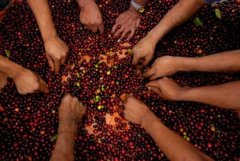
Brazil is vividly compared to the giant and monarch of the coffee world. There are about 3.97 billion coffee trees there, and small farmers now grow 75% of the country's coffee. The number of coffee producers in Brazil is twice or even three times that of Colombia, the second largest coffee producer in the world. Coffee production in Brazil: Mi in southeastern Brazil
2015-03-26 Brazil coffee specialty market image local ratio referred to as coffee the world -
The characteristics and Market of Indian Coffee
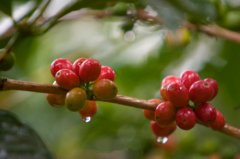
There are several reasons why Indian coffee is popular with coffee lovers, but the most important is a process used on coffee beans, often called the monsooning process. Coffee production in India: coffee is grown in the Gozhi Mountains in western India, where the southwest monsoon is crucial to coffee growth. Except in Karnataka (Ka
2015-03-26 India coffee characteristics market the reason received enthusiasts like -
Guatemalan coffee the characteristics of Guatemalan coffee

In 1750, Father Jesuit introduced coffee trees to Guatemala, where the coffee industry was developed by German colonists at the end of the 19th century. Today, most of the coffee industry's production takes place in the south of the country. Coffee production in Guatemala: the slopes of SierraMadre volcano provide ideal conditions for growing high-quality coffee beans at high altitudes.
2015-03-26 Guatemala coffee specialty 1750 Jesu Voight Jesuit -
Galapagos Islands Coffee characteristics of Galapagos Islands Coffee

In 1875, ManuelJ.Cobos, an indigenous Ecuadorian, began to grow Arabic bourbon coffee trees in the Hasunda Coffee Garden (HaciendaElCafetal) in San Cristobal. Coffee production in the Galapagos Islands: coffee is grown in San Cristobal (SaintCristobal). Inner species of Hasunda Coffee Garden (HaciendaElCafetal) in San Cristobal
2015-03-26 Lapa Goss archipelago coffee specialty 1875 Ecuador indigenous Wo -
Puerto Rican coffee. Puerto Rican coffee.

In 1736, coffee trees were introduced from Martinique to PuertoRico. Most of the early coffee was grown by immigrants from Corsica. Coffee farms were once prosperous in the 19th century, but the rise of sugarcane and crop farming and the impact of hurricanes and wars made the coffee industry lag behind and is now recovering. The origin of coffee in Puerto Rico: Puerto Rico is the most
2015-03-26 Puerto Rico coffee specialty 1736 from Marty Nick cited -
Indonesian Coffee Indonesian Coffee Features and Markets
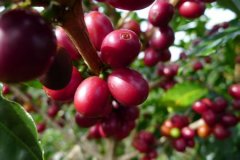
Coffee trees were introduced to Indonesia by the Dutch in the mid-17th century (some official sources say earlier). 1712 The first coffee from Java arrives in Amsterdam. However, in 1877 coffee trees on all plantations were destroyed by coffee rust, and robert coffee trees had to be imported from Africa to replace the original species. Today only 6 -10% of coffee beans are Arab.
2015-03-26 Indonesia Coffee Features Market 17th Century Mid Dutch -
Kenyan Coffee Market and characteristics of Kenyan coffee
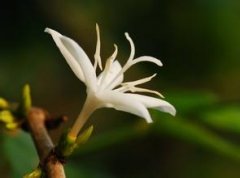
In 1878, the British landed coffee in Africa and set up a coffee plantation in Kenya in the 19th century, when Ethiopian coffee drinks were imported to Kenya through southern Yemen. But it was not until the early 20 th century that the Bourbon Coffee Tree was saint. The Austin Mission (St.AustinMission) was introduced. Origin of coffee in Kenya: most coffee in Kenya (Kenya) grows at 1500 above sea level
2015-03-26 Kenya coffee market specialty 1878 Englishman landing non- -
The best Kona coffee in Hawaii is divided into three grades.
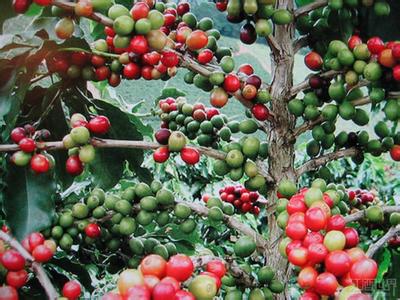
Hawaii (Hawaii) after nearly two centuries of efforts to grow coffee, the term Kona is almost synonymous with "quality". Hawaii has superior geographical conditions for growing coffee, but historically, the road to growing coffee has been rugged since coffee trees were first introduced to the island in 1825. Even today, it's beyond human control.
2015-03-26 Hawaii coffee best Kona divided into third class -
Costa Rican coffee the characteristics of Costa Rican coffee
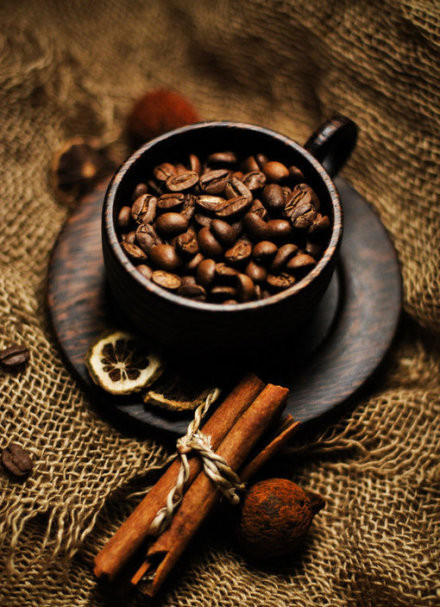
Coffee was introduced into Costarica from Cuba in 1729. Today, its coffee industry is one of the most well-organized industries in the world. Costa Rica, with its fertile volcanic soil and good drainage, is the first country in Central America to grow coffee and bananas for commercial value. Coffee and bananas are the country's main exports. Coffee from Costa Rica
2015-03-26 Costa Rica coffee specialty 1729 Cuba introduction Costa -
Yemeni Coffee Features and Markets of Yemeni Coffee
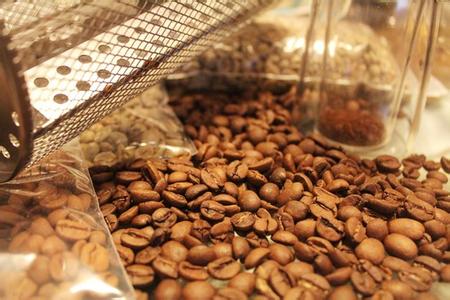
Yemen was known as Arabia until the 6th century AD, so coffee trees transported from Yemen to other places were also called Arabic coffee trees. But the origin of these trees is Ethiopia. Yemen was the first country in the world to produce coffee on a large scale as an agricultural crop. Yemeni coffee farmers still produce coffee the same way they did 500 years ago.
2015-03-26 Yemen Coffee Specialty Market -
The characteristics of Jamaican Blue Mountain Coffee
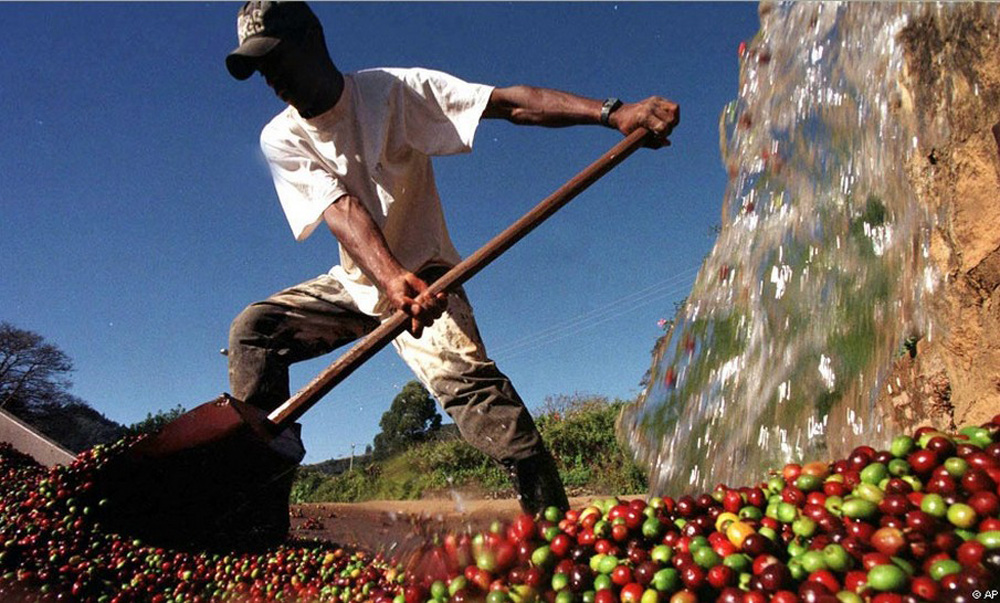
Almost everyone in Jamaica knows that Blue Mountain Coffee is the most expensive coffee in the world. In 1725, Sir SirNicholasLawes brought the first Blue Mountain Coffee species from Martinique to Jamaica and planted them in the St.Andrew area. Coffee producing area of Jamaica: today's St. Andrews is still Blue Mountain Coffee.
2015-03-26 Jamaica Blue Mountain Coffee specialty -
Ethiopian coffee the characteristics of Ethiopian coffee
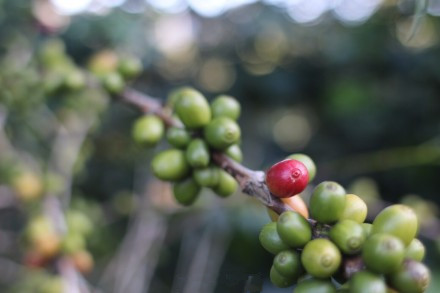
The coffee tree originated in Ethiopia, which was originally a wild plant here, and the name coffee comes from the Ethiopian town of Kaffa. Humans may have known how to grow coffee trees as early as the 9th century. Coffee producing area in Ethiopia: many coffee trees in Ethiopia are still wild plants, and the coffee grown on this coffee tree is full of grains.
2015-03-26 Ethiopia coffee specialty -
Colombian Coffee introduces the characteristics of Colombian coffee

Coffee was first introduced to Colombia in 1808 when it was brought by a priest from the French Antilles via Venezuela. Today the country is the second largest producer after Brazil. Colombian coffee origin: Colombian coffee is one of the few original coffee sold in the world under the name of the country. In terms of quality, it can't get any other coffee.
2015-03-26 Columbia coffee introduction specialty -
How to identify genuine blue mountain coffee beans boutique coffee technology

1. Appearance: Blue Mountain Coffee's raw beans are cyan, the appearance is very neat, the size is medium and small, and the two ends are somewhat tilted. After baking, the volume increases a lot and it is very full. 2, grinding beans: real blue mountain coffee beans grow at high altitude, its cytoplasmic structure is relatively loose, when grinding by hand feel very crisp very cool very continuous, there will be no feeling of resistance. 3. Aroma: non-aroma
2015-03-26 how to identify true and false blue mountain coffee beans boutique coffee technology shape -
The most expensive coffee in the world, civet coffee.

The world's most expensive coffee, the Kopi Luwah variety of coffee from Sumatra. The price is as high as $300 per pound! However, there is one kind of coffee that beats the so-called top coffee listed above with its unique taste, rarity, and strange production process. The name of this coffee is KOPI LUWAK. The annual output is only about 500 pounds. Scarcity is the most precious thing. The price of KOPI LUWAK is 300USD.
2015-03-26 In the world expensive coffee musk Sumatra produced -
Healthy black coffee, Jamaica's Blue Mountain Coffee.

The earliest coffee on the island of Jamaica came from Haiti in Latin America in 1728. By 1790, some coffee farmers among the refugees in exile from Haiti had settled in the Blue Mountains and brought coffee-growing technology here. In 1838, Jamaica abolished slavery and allowed liberated slaves to cultivate their own land. Free slaves moved to the mountains to specialize in planting.
2015-03-26 Health Coffee Jamaica Blue Mountains Island earliest appeared 1 -
Blue Mountain Coffee traditional Jamaican Blue Mountain Coffee

Blue Mountain Coffee can maintain today's top status, but also closely related to the local business policy. In 1932, Jamaica adopted a policy to encourage coffee production to reduce the island's dependence on sugar exports. Unlike most coffee producing countries, the local government does not plant a large number of high-yield and poor-quality coffee in order to increase the output value, but takes the quality as the best, preferring to sacrifice the coffee production.
2015-03-26 Blue Mountain Coffee making Craft tradition Jamaica can keep -
Vietnamese coffee is a special drip filter coffee cup.

Vietnam's next goal is clearly not just to become the world's second-largest coffee exporter, because it has so many coffee-loving citizens. In Vietnam, drinking coffee between friends is as natural as shaking hands. An Australian food guide who has been in Hanoi for seven years is deeply impressed. A cafe in three or five steps is not only a street view of large and small cities in Vietnam, but also seems to be a ritual. In Vietnam
2015-03-24 Vietnam coffee one special drip filtration coffee cup next target obviously -
The fate of the ill-fated Indonesian coffee Kopi Luwak

Indonesia has always been one of the best coffee producers in the world. Java coffee used to be synonymous with top coffee, while Sumatra and Sulawesi are also rich in top coffee. Coffee arrived in Indonesia early and was brought in by the Dutch in the 17th century, when Ceylon, now Sri Lanka, began to grow coffee because of the Dutch. And at that time, both Indonesia and Sri Lanka
2015-03-24 Fate ill-fated Indonesia coffee cat shit has always been in the world good
